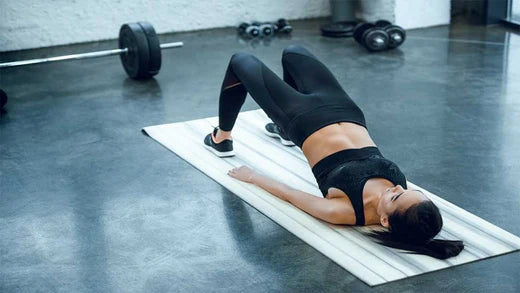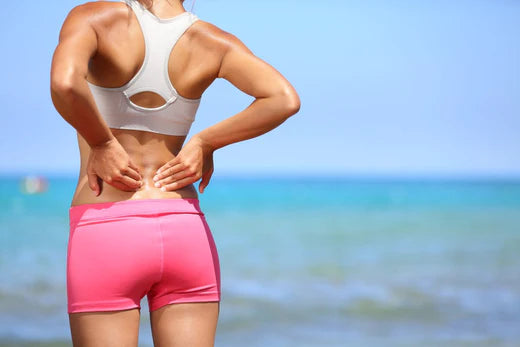How To Evolve The Bridge Exercise For Strength, Stability, And Size
Charles Alexandre Legare
0 comments



